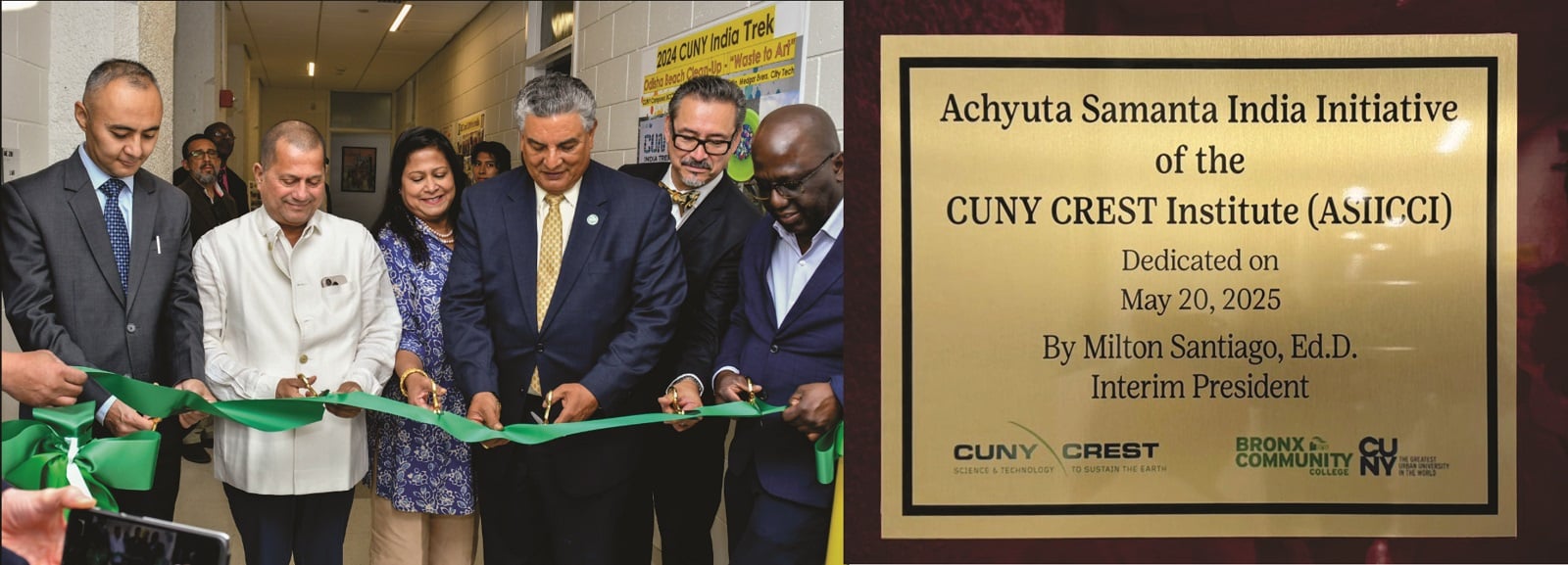The National Eligibility cum Entrance Test (NEET) is a yearly entrance examination conducted by National Testing Agency (NTA) for those students who are interested in the medical field and are looking to get a seat in one of the prestigious medical colleges in India. Chemistry and Physics numericals are a nightmare for those who can’t solve it and a piece of cake for those who can solve it.
According to a survey around 50% of the NEET candidates select PCB as their subject because they either hate maths or are unable to solve maths problems. It’s a fact that Maths will never leave you wherever you go or whatever subjects you choose. Physics and Chemistry are full of mathematical concepts and if your grip over solving numericals is not good then you can’t crack NEET exam with a decent rank.
Without any doubt, Biology has the highest weightage in NEET Exam but Physics and Chemistry are the rank deciders. In this article we have mentioned some tips and tricks that you should keep in mind while solving physics and chemistry numericals and that will definitely help you in boosting up your All India NEET Rank.
If you are trying to solve the physics and chemistry numericals without understanding the concepts then you are trying to eat the cake without preparing it. Hence, the very first thing you should do is to make a thorough line by line reading of your NCERT books for Physics and Chemistry.
Now, coming to the main part, that is what should be your approach or how you should attempt a numerical in your NEET Exam. The below mentioned steps are not steps, they are golden steps with short-cuts & tricks to solve any numerical irrespective of the topic accurately in one condition that you are thorough with the topic the question is asked from.
Step 1 : Half question gets solved when you read the question carefully. This might sound strange but most of the students just read the keywords in the question and jump to the options directly and lose 4 marks plus 1 negative mark adds to their total score. Hence you should read it, understand it, analyze what is asked and recall the concept related to the numerical.
Step 2 : Organize the given information and see the options. Sometimes you can easily recognise with rough calculation in mind which option is correct. This also helps in eliminating the wrong options and increases the chances of your answer being the correct one.
Step 3 : Decide the approach and start attempting the question carefully and solve it accurately and according to what is asked. Recall the formula with respect to physics or any equation with respect to chemistry. If you are applying the required approach then you would be able to solve it and if not then you will find yourself struggling with the question.
Step 4 : If your answer is matching with any of the given options then cheers! and if not a single option matches with your answer then try to identify the calculation mistake and if you are unable to do so then move on. Yes you read that right, move on to the easy questions and tackle this at last when you are left with time.
Step 5 : It is rightfully said that “Do not fear failure but rather fear not trying.” Hence, when you are left with some, then make sure to come back to this numerical again. Take a deep breath and attempt the question again. In many cases it happens that you find the correct approach with the second attempt.
Even if you are unable to solve it after trying again and again then you should consider two scenarios. First is that if you are confused among three or all four options then never attempt that question because NEET paper has negative marking but if you are closely confused among 2 options then you can take a chance else leave that numerical.
So, follow these five golden steps for solving physics and chemistry numericals and we are sure enough your problem solving skills will increase you’ll experience a dramatic change in you when it comes about solving numericals. Last but not the least, when you are done practicing numericals, you should start solving NEET previous years papers to get a good overall grip on both the subjects.






